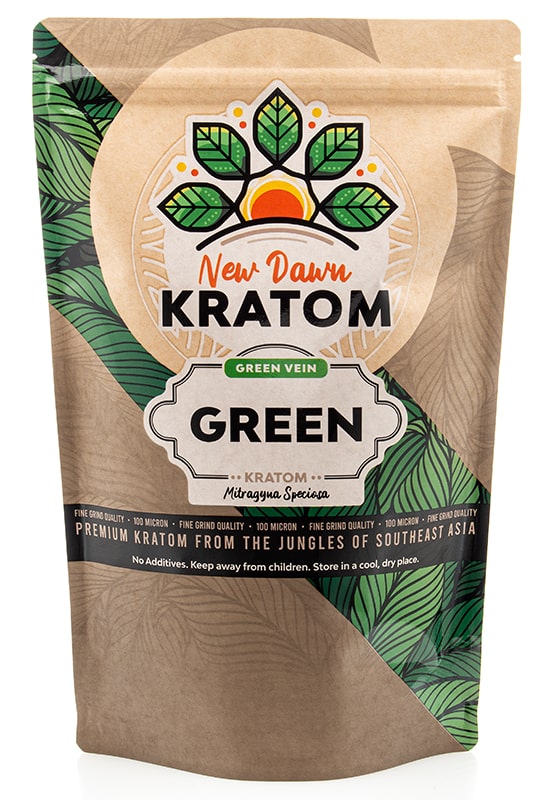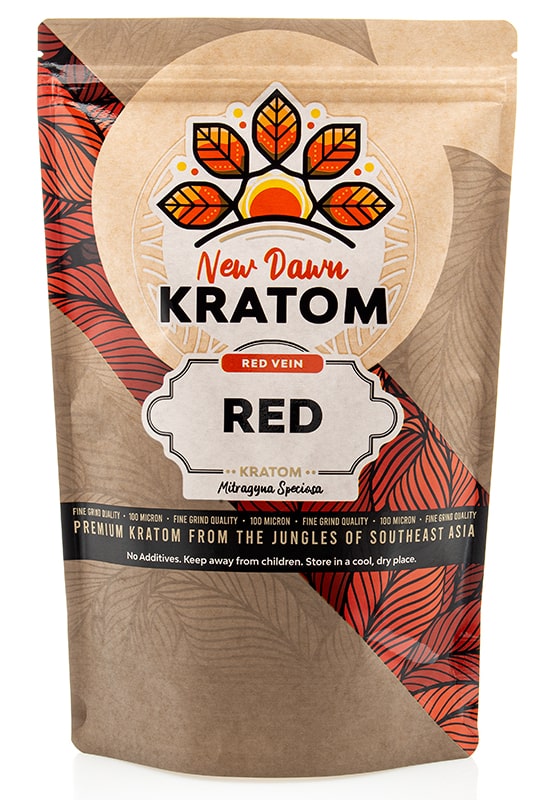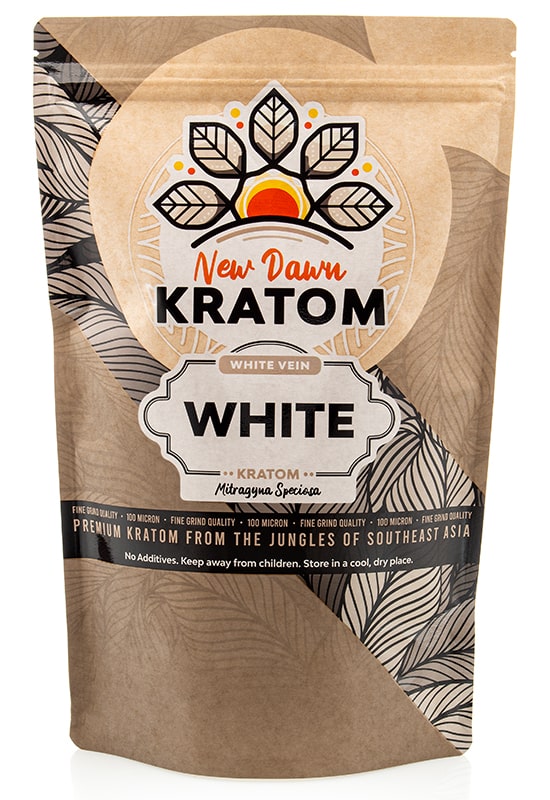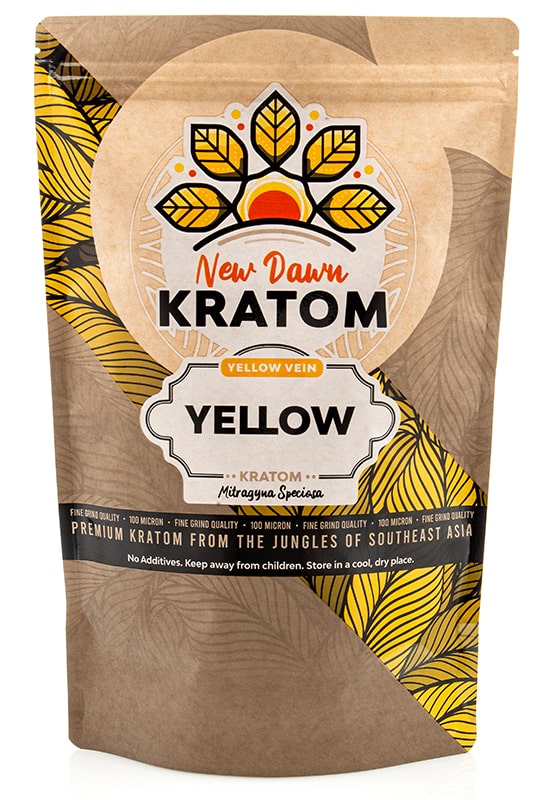In the world of health and wellness, two substances often come into focus: Wellbutrin and kratom. Wellbutrin is a prescription medication used to combat feelings of despondency, bipolar disorder, and seasonal affective disorder. Kratom is a natural compound found in Southeast Asia with both stimulant and sedative effects. As their use continues to grow, understanding the potential interactions between Wellbutrin and kratom becomes increasingly important.
This comprehensive review aims to shed light on these substances, highlighting their individual effects, the potential consequences of their combined use, and the scientific research surrounding this topic. Join us as we delve into this intriguing intersection of pharmacology and natural remedies.
What Are the Interactions When You Combine Kratom and Wellbutrin?
The drug interaction between both kratom and Wellbutrin, known generically as bupropion, is an area of concern within the medical and kratom community. Although each substance has its own merits and is generally safe for use individually, their concurrent use can lead to potential complications.
The primary concern if you mix kratom with Wellbutrin is that these substances can interfere with each other’s metabolic processes. This interference could cause the compounds to build up in the body, resulting in a higher-than-intended plasma concentration of both substances. This could potentially escalate to harmful levels, increasing the likelihood of harmful effects and even toxicity or overdose. The potential for adverse effects becomes even more pronounced with a more frequent combination of these substances.

Interestingly, Wellbutrin and kratom function as CYP2D6 enzyme inhibitors, impacting drug metabolism. Kratom also partially inhibits two other enzymes, CYP3A4 and CYP2D6. This additional inhibitory action could compound the possibility of harmful accumulation in the body. Because Wellbutrin is typically prescribed as a daily medication, the possibility of build-up over time is a valid concern. The possibility of negative effects is further heightened when bupropion is combined with alcohol.
Seizures are a severe potential side effect if you mix kratom and Wellbutrin. Although the chance of this happening is relatively small, it is present, nonetheless. The addition of kratom to a regimen that includes Wellbutrin could potentially amplify this risk.
Given these considerations, the general recommendation is to avoid the Wellbutrin-kratom combination. However, should one choose to proceed with this combination, it is essential to do so under the supervision of a healthcare provider. Healthcare providers could make necessary adjustments to the bupropion dosage. They might also recommend spacing the doses of the two substances by at least a couple of hours to reduce the risk of a harmful interaction.
Is It Safe to Ingest Wellbutrin and Kratom Together?
Given the current understanding of the interaction between Wellbutrin and kratom, it is generally not considered safe to ingest these substances together. The potential for harmful interactions and severe side effects of a Wellbutrin-kratom mix underscores the need for caution.
While Wellbutrin and kratom are typically safe when used independently, their combined use may lead to serious complications. Because their interactions could result in a build-up in the body, such an accumulation could increase the plasma concentrations of both substances, possibly leading to adverse side effects.

A Look Into Wellbutrin
Wellbutrin is a brand for the drug bupropion, an antidepressant that falls under the class of prescription medications known as atypical antidepressants. The medication is primarily used to medicate depressive disorder, bipolar disorder, and seasonal affective disorder, a type of disorder that occurs at the same time each year, usually in the winter. It is also used as a smoking cessation aid under the brand name Zyban.
Composition
As an atypical antidepressant, Wellbutrin works by affecting the brain’s neurotransmitters. These chemicals are used by the brain’s nerves to communicate, so altering their balance can help alleviate symptoms of depressive disorder.
Dosage
As with any medication, it is crucial to follow your doctor’s instructions when taking bupropion. This antidepressant can greatly improve symptoms of depressive disorder, but its effectiveness can be compromised if misused. You should never exceed the recommended dosage or utilize it for an extended period. Taking more than directed or extending use can lead to unwanted side effects and even be dangerous. It is best to have open lines of communication with your doctor and keep them informed of any changes in your condition or concerns with the medication.
Generic and Brand Names
The generic name for Wellbutrin is bupropion. It’s available under several brand names, including Wellbutrin, Aplenzin, and Forvivo. These brand names often denote different formulations of the drug, each having a slightly different release mechanism and being used for different conditions.
Side Effects
Like all medications involving a prescription drug like Wellbutrin, this can cause side effects. These can include usual side effects, such as dry mouth, nausea, insomnia, sore throat, and weight loss. More serious but rare side effects may include seizures, skin rashes, unusual thoughts or behaviors, and muscle soreness. If you experience these side effects, you must report them to a healthcare provider.

An Overview of Kratom
Taken from the Mitragyna speciosa tree that thrives primarily in Southeast Asia, kratom possesses leaves that feature compounds that may have psychotropic effects. Here’s some useful information about this versatile botanical.
Composition
The leaves of the kratom plant contain several active alkaloids, the most important being mitragynine and 7-hydroxy mitragynine. These compounds interact with brain receptors, leading to a range of effects.
Usage
Traditionally, kratom leaves have been used by people in their native regions for their stimulant properties and to alleviate fatigue, augment mood, and relieve discomfort. These days, it is used for a variety of purposes. Some use kratom to help manage chronic soreness or improve sleep. However, the effectiveness and safety of kratom for these purposes have not been extensively studied, and it is not approved by the FDA for medical use.

Forms
Kratom products now come in various forms, such as capsules, tablets, liquids, and raw leaves.
Strains
There are several kratom strains, which are named after the color of the veins on their leaves. Red-veined kratom (such as red horn and red Maeng Da) is typically used for its sedative effects, while white-veined varieties (like white Bali and White Sumatra) are said to produce more stimulant effects. Green-veined strains (such as green Malay and green Borneo) are often thought to have a balance of both sedative and stimulating effects. The strains are believed to have different effects due to varying concentrations of the active compounds. However, there’s limited scientific research to support these distinctions.
Side Effects
Like any substance that affects the brain, kratom can have side effects. Some users report experiencing nausea, itching, sweating, dry mouth, constipation, increased urination, and loss of appetite. More severe effects can include hallucinations, seizures, and even symptoms of psychosis. When used regularly, kratom may lead to physical dependence or addiction.

Dosage
Determining a safe and effective kratom dose can be tricky due to several factors. These include the strain and form of kratom, the desired effects, and an individual’s body weight, tolerance, and overall health condition. Moreover, as kratom is not regulated by the FDA, there’s no officially recommended dosage, and its safety and efficacy have not been extensively studied.
In general, dosages are often described in terms of the number of grams of kratom leaf or powder. A common starting dose for new users might be between 1 and 2 grams. More experienced users might take 3 to 5 grams for a moderate effect, while high doses of 5 to 15 grams are generally considered to have stronger, potentially sedative effects. It’s worth noting that doses at the higher end of this range carry an increased risk of side effects and should be approached with caution.
Again, these are general guidelines and individual responses to kratom can vary widely. You must always start with a lower dose and gradually increase it as needed, while carefully monitoring for any adverse effects.
Legality
Many countries have made the possession or sale of kratom illegal, including several in its native region of Southeast Asia. Its legal status varies widely in other parts of the world, including the United States, where it is legal in some states but not others. It’s important to check local regulations before buying or using kratom.

Frequently Asked Questions
Can kratom and Wellbutrin be taken together?
It is generally not recommended to take Wellbutrin and Kratom together. Both kratom and Wellbutrin are inhibitors of the enzyme CYP2D6, and kratom, to a lesser degree, inhibits CYP3A4 and CYP2D6. This can lead to higher plasma levels of both substances, causing them to accumulate in the body at potentially harmful levels. This can increase the risk of negative effects, toxicity, and overdose.
What are the risks of combining kratom and Wellbutrin?
The drug interactions that occur when combining kratom and Wellbutrin could lead to severe side effects. The compounds may accumulate in the body at dangerous levels, prompting an increased rate of detrimental effects, toxicity, and overdose.
Conclusion
In the world of medicine, it’s essential to be informed about what you’re putting into your body and how it might interact with other substances. Wellbutrin and kratom are two substances generally considered safe when used separately. However, due to potential side effects from their interactions, they should never be taken together.
Additionally, seizures are more likely to occur when these two substances are combined. For these reasons, you must always consult your healthcare provider before combining any medications or substances. Educating yourself can make a difference in your health and safety.





